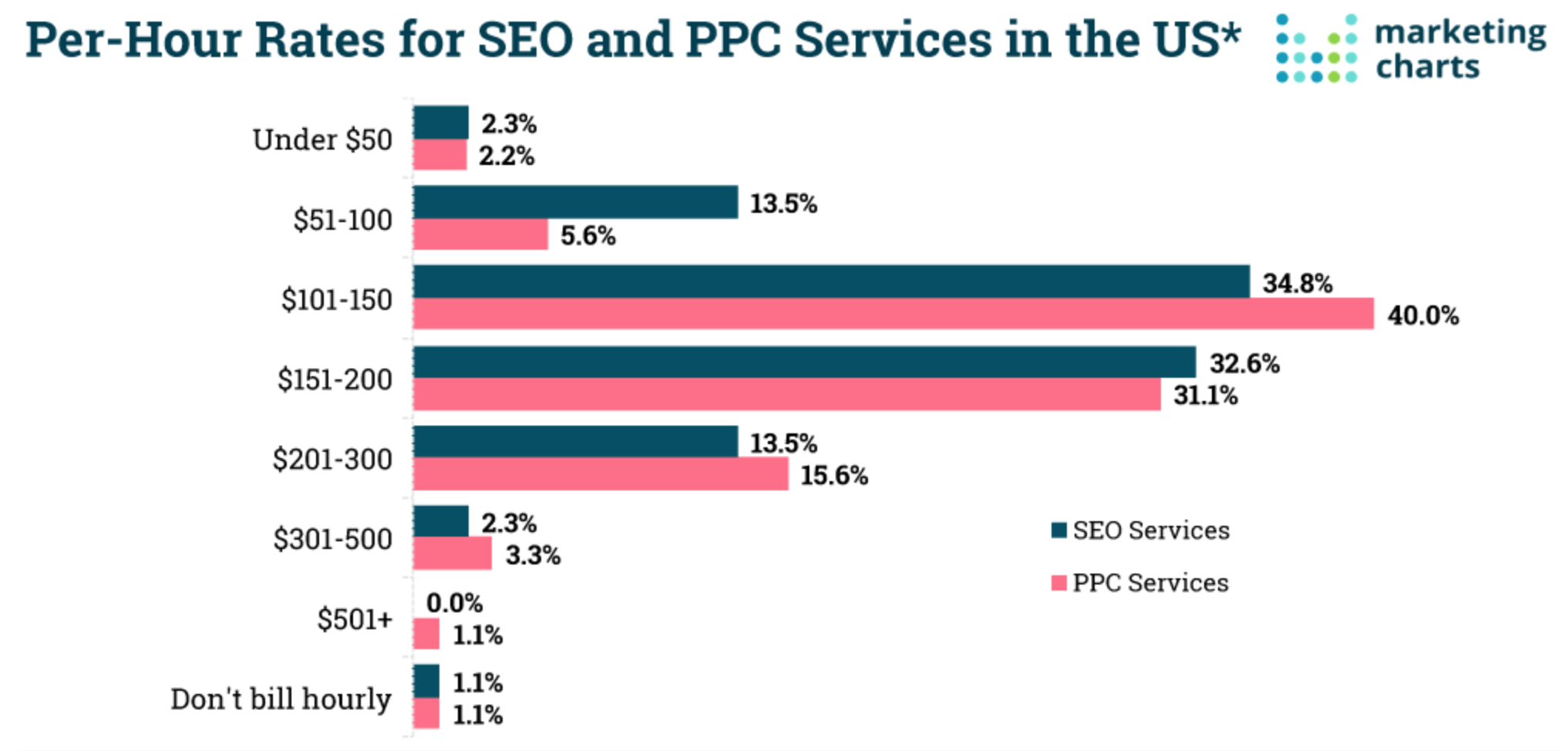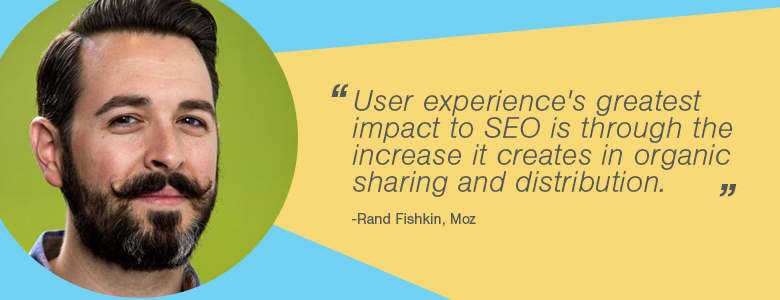Every year or so, the ‘SEO is dead’ rumour resurfaces. It’s probably one of the most interesting topics to discuss, because it comes up time and again and the answer isn’t straightforward.
SEO as a strategy can’t die – but its individual tactics can, and do. It has been evolving for so long that its tactics are now weaved into the bedrock of digital strategies, becoming almost omnipresent across all existing and emerging online trends.
So in short: you need SEO now, like you did before, and you always will. But you have to understand and work with its changing nature if you want to see it contribute to the online success of your business.
A few reasons why you can still vouch for SEO as an important factor for online success:
-
The data-rich insights you get from SEO practices can be transposed into powerful decision-making capabilities for all your other online campaigns. You can use the information you gather to strengthen your integrated approach to digital marketing.
-
Its successful implementation supports the fundamental goals of other digital marketing practices like SEM, social media and especially UX Design. Algorithm updates continue to be deployed in order to kill off black hat tactics and reward user-centric approaches, which will ultimately bring you and your consumers closer together.
-
Today, the estimated value of SEO is just over $70 billion dollars - which hardly sounds like the death of an industry. In fact, more than 70% of SEO specialists in the US charge over $100 an hour for their services. It’s an expensive industry because it’s becoming increasingly complicated, but more necessary than ever!

What’s more important now is understanding that you can’t run a successful ecommerce environment if you’re not fine-tuning your online efforts down to every detail. For SEO to become a major driver of online sales it needs dedicated attention. SEO services for ecommerce play a crucial role in online sale success because it tackles the different component of your strategy robustly:
Running audits to check and fix website health as often as possible. Attending to keyword research and ensuring effective use of data. Maintaining both major and minor technical requirements. Keeping up with competitor research to pick up on trends and enhance strategies. Implementing highly effective content strategies for quality traffic. Recovering from Google ranking penalties by identifying and rectifying bad links and poor content, or whatever else it may be.
Why are people still saying SEO is dead?
Because at times marketers and business owners may lose touch with the ever-changing personality of SEO algorithms. Techniques that were best practice a year or two ago fall out of favour and are no longer effective as algorithms change. This doesn’t mean SEO is dead.
When your users are unhappy, Google knows (whether it’s through bounce rate, low time on page, or other signals that suggest your content isn’t satisfying the searcher) and you’ll feel the impact too. So if ever you feel like your SEO efforts aren’t living up to its standards or if you’re seeing unexpected penalties, then maybe it’s time for you to breathe new life into your approach.
You need to understand where SEO came from if you want to know where it is now, let alone take advantage of where it is going. Here’s a brief background that explains the development – not death – of SEO and its ways:
Panda and Penguin: the first deaths
The Panda and Penguin algorithm updates that rolled out between 2011 and 2012 marks one of the earliest conversations to start the ‘SEO is dead’ trend. The hunt for black hat SEO masters was on, bringing an end to content and link-building abuse. Thousands of websites suffered when these algorithmic penalty updates hit.
Unfortunately, many well-deserving website owners had to bear the brunt of it too. Because SEO was still fairly new in its popularity as a practice, many innocent and unaware people were implementing tactics that they thought were normal and required. So their strategies were working for them one day, and against them the next.
But marketers and SEO practitioners quickly gained faith again when they started understanding the objectives behind these two updates. Soon, everybody was restructuring their SEO strategies to follow these important webmaster guidelines that have stuck with us until today:
- Use your content wisely. Users don’t want to see duplicated, thin, misleading or untrustworthy content. You need to provide value in every word you put out.
- Don’t use your website as a space for strange and irrelevant advertisements. Ads are distracting for users, bring in cold traffic, and act as obstacles for bots crawling your site.
- Stay away from link spam and other manipulative link building practices. Link building remains one of Google’s top ranking factors, but only if you build a squeaky clean profile.
Google continuously rolled out updated versions of these algorithms until eventually everybody knew about it and the hype around it died out.
But that doesn’t mean the algorithms died out! In fact, these two went incognito and became real-time components of Google’s core algorithms. Which means there is absolutely no escaping them.
If you want to rank well, make sure you still treat Panda and Penguin as active and alert algorithms, and follow Google’s Webmaster Guidelines with great care.
Hummingbird: a new light on search
In September 2013 Google took another step towards high-quality sites by rolling out a major new algorithm called Hummingbird. With it came the death of basic keyword strategies and the rise of more modern, user-first approaches. Keyword research didn’t lose any of its power, but its implementation methods changed entirely.
Google was now rewarding websites which fine-tuned their content efforts so that it spoke to people and not machines. According to Search Engine Journal, Hummingbird’s focus centred around a few key components:
Enabling conversational search despite semantic intricacies. Simplifying human search by considering synonyms and theme-related topics. Using content and intent to improve local search results. Building the foundation of voice search by including natural and conversational language processing.

Hummingbird’s update had a less devastating impact on the digital community than Panda and Penguin, so marketers weren’t declaring doom for SEO this time around.
Mobilegeddon and RankBrain
These two algorithms sent shock waves through the digital world, reminding everyone just how alive SEO was.
The Google Mobile-Friendly algorithm first appeared in April 2015 and helped the rankings of websites that were applying mobile-friendly designs. Since more and more people started searching queries on the go, making use of voice search and enjoying personalised experiences, this was an important wake-up call for those who weren’t utilising mobile-first approaches.
In June 2016 Google revealed that they started using a machine-learning artificial intelligence system to help deliver the best search results. RankBrain, a part of the overall Hummingbird algorithm, uses data gathered to predict what a person might click on when searching for something that hasn’t been entered before. Within only a few months, this became the third most important website ranking factor.
By now, anyone who previously believed SEO to be dead would need to act fast in order to catch up with the advanced industry and its complicated upkeep.
When SEO met UX
For the next couple of years Google would continue to bring out new algorithms, update core algorithms and improve user search results. In the meantime, SEO and UX grew inseparable as marketers started embracing user-centric mindsets more and more.
Good SEO will bring decent traffic to your site, but bad UX design will drive that traffic somewhere else as soon as it arrives. At the same time, good UX and UI design isn’t worth much if it’s not getting qualified traffic.
But if your UX is in place and your SEO on point, the two will feed each other and create powerful outcomes for your online success. This is especially because UX influences the way users perceive websites, which has a major impact on three of the most important website ranking factors:
- Authority
- Relevance
- Trust
Another reason UX and SEO fit so well together is because they follow the same fundamental objectives. For example, Google’s bots much prefer crawling structured information architecture, and UX thrives off well-designed site structures and clean navigation.
There is one problem though! Because SEO algorithms are centred around the same basic principles as UX, the line between the two can get very blurred. For this reason many marketers are under the impression that their SEO is automatically taken care of if both their content and UX practices are well-maintained.
So to some people, SEO is dead once again. This couldn’t be further from the truth! There are multiple SEO strategies and tactics like page speed, image sizes, security, inbound links and keyword implementation that still matter and will have a grave impact on your rankings if ignored, despite successful UX. If you don’t look after these, the rest of your website efforts will be in vain.

Google’s advice on future core ranking updates
Algorithm updates aren’t as complex and secretive as some people make them out to be. In fact, they’re actually quite well discussed – especially if you’re interested and passionate enough to do some research on it. Sure, Google doesn’t reveal precise detail on their updates and rollouts. In most cases they won’t even announce an update at all. They’ll share advice on broader core algorithms from time to time which gives some perspective, but they’re never going to spoon-feed us – and they shouldn’t. They simply want you to follow the number one rule: your users come first.
So the best piece of advice you can follow if you want to excel at SEO and keep getting good rankings is to put some muscle into your website maintenance, and fine-tune every angle of your site with a sharp eye and a stack of valuable, structured data. Remember to call us if you need help! Our experts are passionate about SEO and will ensure that your Shopify store is reaching its full potential.








